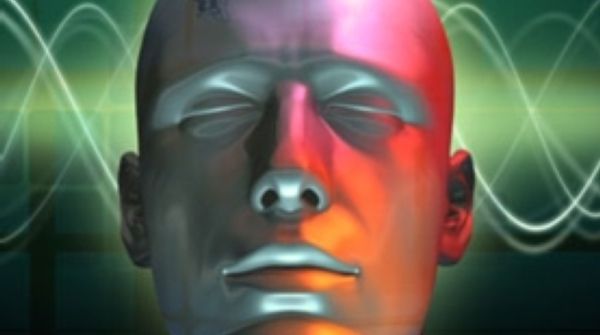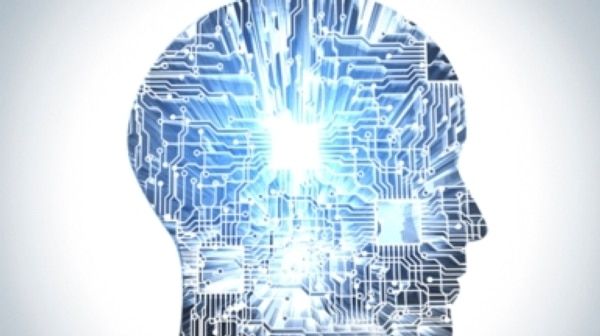Google has smartened up several of its products with a type of artificial intelligence called deep learning, which involves training neural networks on lots of data and then having them make predictions about new data. Google Maps, Google Photos, and Gmail, for example, have been enhanced with this type of technology. The next service that could see gains is Google Translate.
Well, let me back up. Part of Google Translate actually already uses deep learning. That would be the instant visual translations you can get on a mobile device when you hold up your smartphone camera to the words you want to translate. But if you use Google Translate to just translate text, you know that the service isn’t always 100 percent accurate.
In an interview at the Structure Data conference in San Francisco today, Jeff Dean, a Google senior fellow who worked on some of Google’s core search and advertising technology and is now the head of the Google Brain team that works on deep learning, said that his team has been working with Google’s translation team to scale out experiments with translation based on deep learning. Specifically, the work is based on the technology depicted in a 2014 paper entitled “Sequence to Sequence Learning with Neural Networks.”








